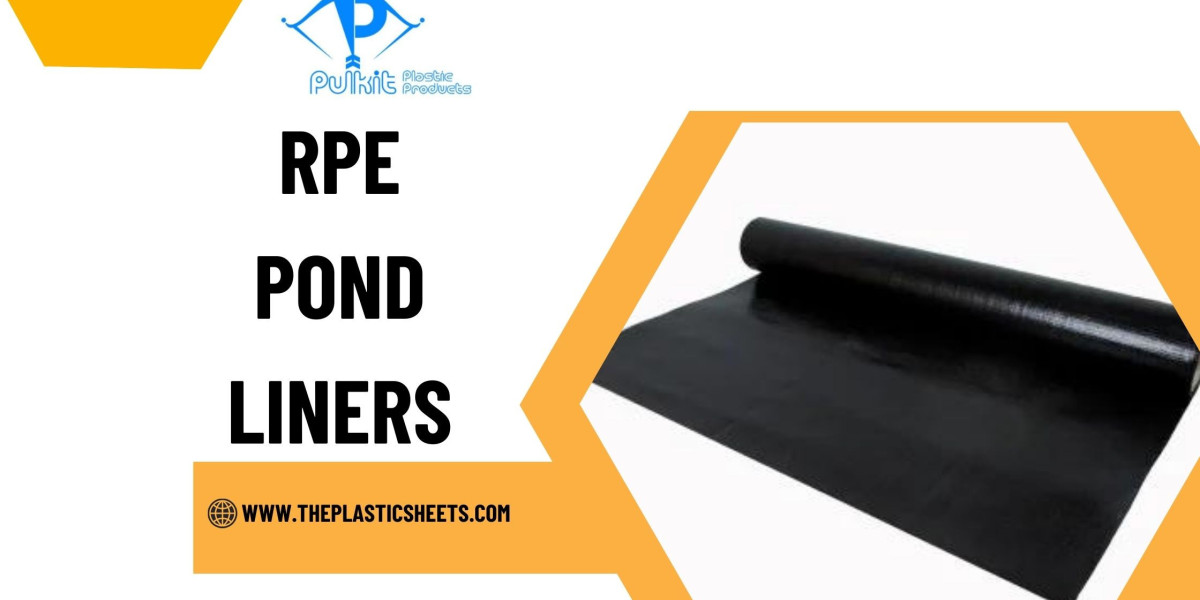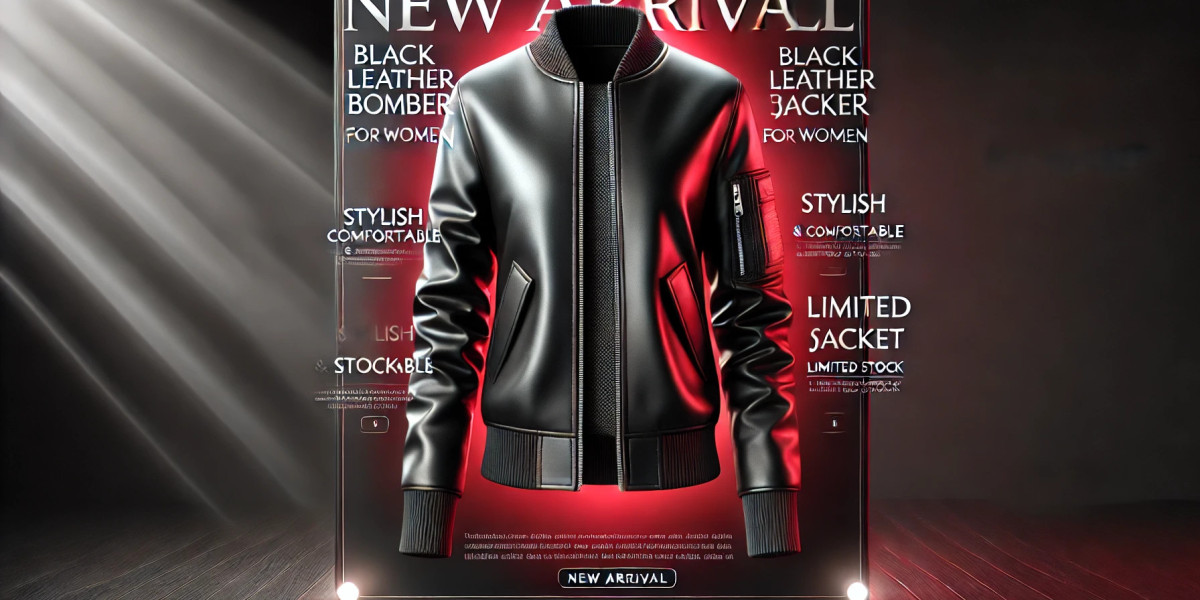Creating a beautiful and thriving pond is a rewarding endeavor. Whether you envision a serene koi pond, a vibrant aquatic garden, or a naturalistic wildlife habitat, the foundation of your pond's success lies in a robust and reliable liner. Among the various options available, Reinforced Polyethylene (RPE) pond liners consistently stand out as the superior choice for enduring protection and longevity. This article delves into the reasons why RPE pond liners are the best, exploring their advantages, installation considerations, supplier options, and addressing frequently asked questions.
The Superiority of RPE: A Deep Dive into the Material's Advantages
Reinforced Polyethylene (RPE) is a high-density polyethylene (HDPE) membrane reinforced with a strong, woven scrim. This unique construction provides RPE with exceptional properties that make it ideally suited for the demanding environment of a pond. Let's examine these key benefits:
Unmatched Durability and Puncture Resistance: The woven scrim embedded within the polyethylene matrix gives RPE its remarkable strength. This reinforcement dramatically increases its resistance to punctures, tears, and abrasions from rocks, roots, and other sharp objects commonly found in pond environments. Unlike thinner, unreinforced liners, RPE can withstand the stresses of installation and the constant pressure from the pond's contents, ensuring a long-lasting, leak-proof barrier.
Exceptional UV Resistance: Sunlight can degrade many materials over time, leading to cracking and eventual failure. RPE, however, is formulated with UV stabilizers that provide superior protection against the sun's harmful rays. This resistance prevents the liner from becoming brittle or weakening, even with prolonged exposure, guaranteeing a long lifespan and minimizing the need for costly replacements.
Superior Flexibility and Conformability: While robust, RPE maintains a degree of flexibility that allows it to conform to the contours of your pond design. This adaptability is crucial for accommodating irregular shapes, slopes, and curves, ensuring a smooth and secure fit. This flexibility also helps the liner to handle ground movement and settling, reducing the risk of cracking or tearing over time.
Chemical Resistance: Ponds often require the use of chemicals for water treatment, algae control, and maintaining a healthy ecosystem. RPE exhibits excellent resistance to a wide range of chemicals, preventing degradation and ensuring the liner's integrity even with regular chemical exposure. This is a significant advantage over less resistant materials that can break down over time, leading to leaks and contamination.
Ease of Installation: While the robust nature of RPE might suggest a complex installation process, it is surprisingly manageable. The liner is relatively lightweight compared to materials like concrete, making it easier to handle and position during installation. With proper preparation and following established installation guidelines, even DIY pond builders can successfully install an RPE liner.
Environmental Friendliness: RPE is a recyclable material, contributing to its environmentally responsible profile. Its long lifespan minimizes the need for replacements, further reducing its environmental impact. Many manufacturers also utilize sustainable production practices, aligning with eco-conscious pond building initiatives.
Cost-Effectiveness: While the initial investment in an RPE pond liner might be slightly higher than some alternative materials, its long-term cost-effectiveness is undeniable. The durability and longevity of RPE translate to reduced maintenance, fewer repairs, and the avoidance of costly liner replacements, ultimately saving money in the long run.
Navigating the RPE Pond Liner Landscape: Installation, Sizing, and Sourcing
Successfully utilizing an RPE pond liner involves careful planning and execution. Here's a breakdown of key considerations:
Sizing Your Liner:
Accurate sizing is critical for a successful installation. To determine the appropriate liner size, use the following formula:
- Length: Pond Length + (2 x Maximum Depth) + 2 feet (for overlap)
- Width: Pond Width + (2 x Maximum Depth) + 2 feet (for overlap)
This formula accounts for the pond's dimensions and provides sufficient material for overlapping the edges, ensuring a secure seal.
Pond Preparation and Installation (RPE pond liner installation):
Proper pond preparation is essential for maximizing the lifespan of your RPE liner. Follow these steps:
- Excavation: Carefully excavate the pond to your desired shape and depth.
- Base Preparation: Remove any sharp objects like rocks, roots, and debris. Create a smooth, even base.
- Underlayment (Optional but Recommended): A geotextile underlayment provides an extra layer of protection, cushioning the liner against potential punctures from the ground. It also helps to prevent weed growth.
- Liner Placement: Carefully unfold and position the RPE pond liner installation within the pond. Avoid dragging the liner across rough surfaces.
- Anchoring: Secure the edges of the liner, allowing for some slack to accommodate settling. Bury the edges or use pond liner edging stones.
- Filling: Gradually fill the pond with water, allowing the liner to settle into its final position.
RPE Pond Liner Suppliers and the Importance of Quality (RPE pond liner suppliers):
Choosing a reputable RPE pond liner suppliers is crucial to ensure you receive a high-quality RPE liner that meets your needs. Consider the following factors:
- Material Quality: Opt for suppliers that use virgin, high-quality polyethylene resin and employ rigorous quality control measures.
- Warranty: Look for suppliers that offer a comprehensive warranty on their liners, demonstrating their confidence in the product's durability.
- Thickness: The thicker the RPE liner, the greater its resistance to punctures and tears. A thickness of 40 mils (0.04 inches) or greater is generally recommended for ponds.
- Customer Support: Choose a supplier that provides helpful customer support, including guidance on sizing, installation, and maintenance.
RPE Pond Liner Price
The RPE pond liner price liner varies depending on its size, thickness, and the supplier. While the initial investment might be higher than some alternative options, the long-term durability and reduced maintenance make it a cost-effective solution. The price per square foot will often decrease as the liner size increases. Comparing prices from different suppliers and considering the liner's warranty and expected lifespan is essential to making an informed decision.
A reputable and established supplier of RPE pond liners can be invaluable in your pond building project. They offer quality products with warranty. They are capable of guiding clients through the complete process including liner sizing, selection and installation.
Conclusion:
Choosing the right pond liner is the most crucial part for ensuring your pond’s longevity and beauty. RPE pond liners stand out as the premier option due to their durability, UV resistance, flexibility, chemical resistance, and ease of installation. When you are looking to create a pond that stands the test of time, an RPE pond liner is a wise investment. By carefully considering your pond's design, properly preparing the site, sourcing from reputable suppliers, like Pulkit Plastic Product following recommended installation practices, you can ensure your pond thrives for years to come.
Frequently Asked Questions (FAQ):
Q: How long does an RPE pond liner last?
A: With proper installation and maintenance, an RPE pond liner can last for 20 years or more.
Q: Can I repair an RPE pond liner if it is damaged?
A: Yes, RPE liners can be repaired using patching kits or heat-welding techniques.
Q: Is RPE safe for fish and plants?
A: Yes, RPE is non-toxic and safe for aquatic life. It will not leach harmful chemicals into the water.
Q: What is the best thickness for an RPE pond liner?
A: A thickness of 40 mils (0.04 inches) or greater is recommended for optimal durability and puncture resistance.







